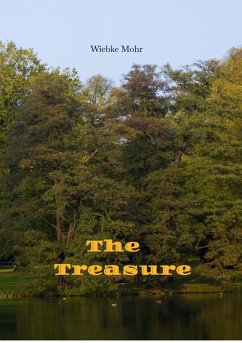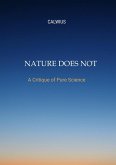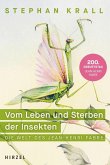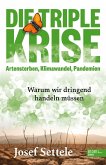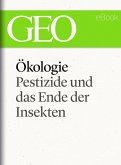This booklet is about what can be read on the labels attached to the insects in a historical collection. These labels are labeled with the name of the animal, location, date of discovery and collector's name. At least that's how it's been said to have been since around 1905. This insect collection on which this is based covers the period from 1868 to 1963 and therefore also contains contemporary wit-nesses to historical events (e.g. Versaille 1919, Kherson 1942) that are no longer familiar to young people. Also included are insects from collectors with interesting résumés that are not even known to insiders, as well as expeditions and real adventure trips (Hedin, Citroen). Socially relevant aspects are also highlighted. The whole thing is peppered with numerous quotes from old reports from collectors, legends and myths as well as aspects of art and religion. The individual chapters are written in a relaxed, easy-to-understand "conversational tone" and are intentionally kept short at 1 - 2 pages so as not to become boring. It's about overviews, not about in-depth information. However, it is not an encyclopedia, not a travel guide, not a textbook or explanatory book . It is a reading book and is intended to convey so much joy that the reader can delve deeper into general education topics on their own. There is a lack of this, especially among biology students: the so-called clas-sic general education has largely been lost there. There were 2 impetus for this booklet: the object " Hister hotten-tota " (chapter "It all began..") as well as the ignorance of the stu-dents around me when I was working on the collection about many different historical and geographical events and contexts.
Dieser Download kann aus rechtlichen Gründen nur mit Rechnungsadresse in A, B, BG, CY, CZ, D, DK, EW, E, FIN, F, GR, HR, H, IRL, I, LT, L, LR, M, NL, PL, P, R, S, SLO, SK ausgeliefert werden.

